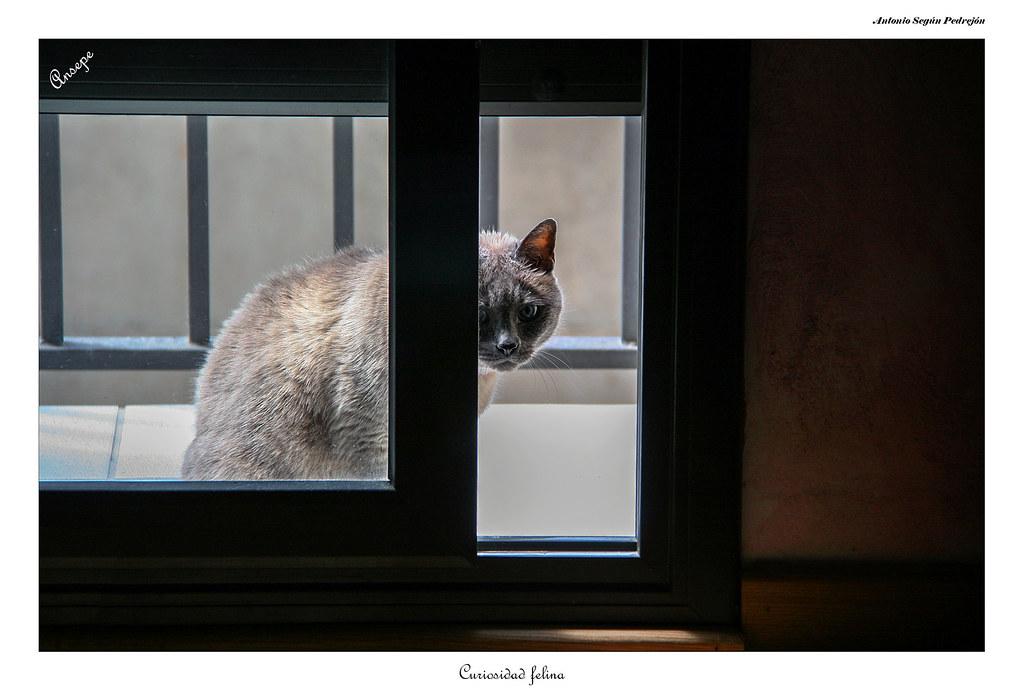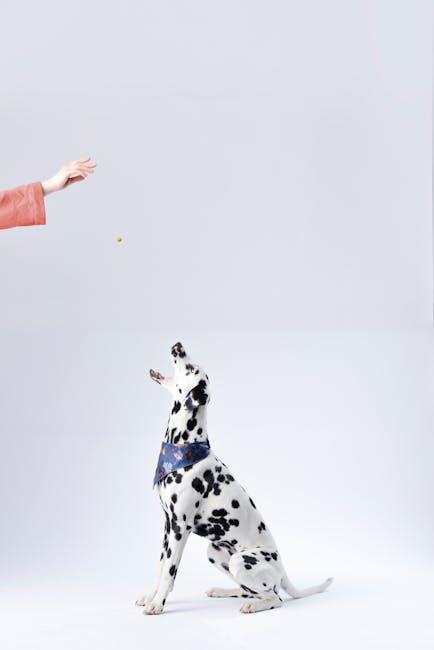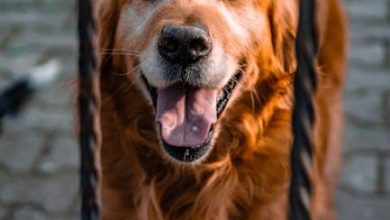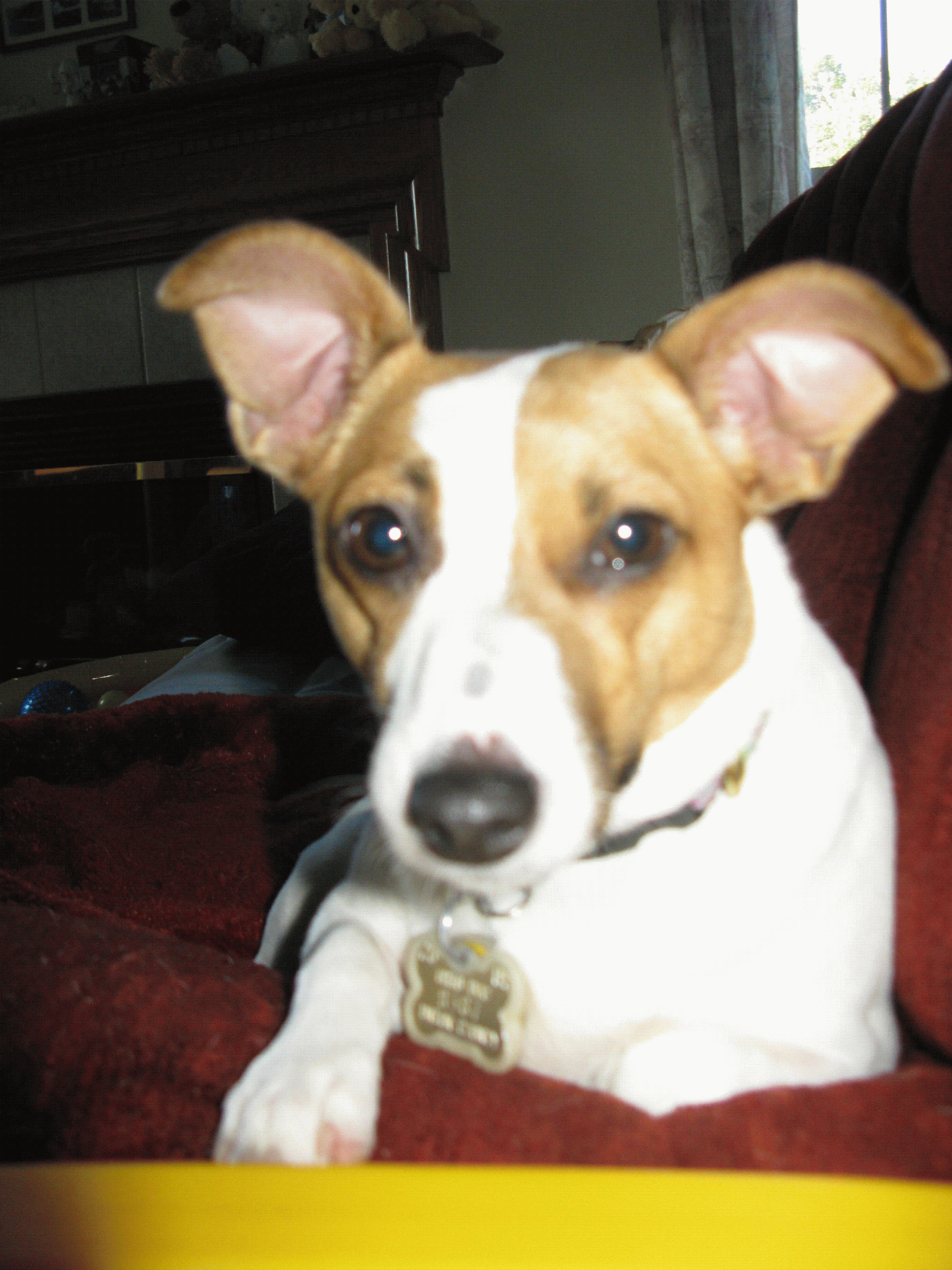How pet psychology can help with multi pet household management

Managing a household with multiple pets can often feel like juggling a circus of personalities, each with its own quirks and demands. While the companionship and joy that pets bring are undeniable, the dynamics of a multi-pet household can sometimes lead to chaos, stress, and even conflict. This is where the fascinating field of pet psychology comes into play. By understanding the behavioral patterns and emotional needs of our furry friends, pet psychology offers insightful strategies for creating a harmonious living environment for both pets and their owners. In this article, we will explore how delving into the minds of our animal companions can transform the way we manage a multi-pet household, ensuring a peaceful coexistence that benefits everyone involved. Whether you’re a seasoned pet owner or new to the world of multiple pets, these insights promise to enhance your understanding and strengthen the bond with your beloved animals.
Understanding Pet Personalities for a Harmonious Home
Recognizing the unique personalities of your pets is key to ensuring a peaceful cohabitation in a multi-pet household. Each pet, whether a cat, dog, bird, or rabbit, has its own distinctive traits and behaviors that can either blend harmoniously or clash dramatically. Understanding these differences can help prevent conflicts and create a more serene environment. For instance, some dogs are naturally energetic and require more physical activities, while certain cat breeds may prefer a quiet corner to themselves. By acknowledging these needs, you can tailor your home’s layout and daily routines to accommodate each pet’s preferences.
Consider creating zones within your home for different activities and temperaments. This can include:
- Play Areas: Spaces where active pets can expend energy without disturbing others.
- Quiet Zones: Designated spots for pets that need solitude and rest.
- Feeding Stations: Separate areas to prevent competition and ensure each pet eats in peace.
By strategically setting up your home, you not only reduce stress but also foster a sense of security and belonging among your furry companions.

Building a Peaceful Environment with Pet Psychology
Managing a household with multiple pets can be challenging, but understanding the principles of pet psychology can lead to a harmonious living environment. Each animal, much like humans, has its own personality, needs, and social structures. Recognizing these differences is crucial in fostering peaceful coexistence. Pet psychology focuses on understanding these individual traits and behaviors, allowing owners to tailor their approach to each pet’s unique needs. By observing their interactions, you can identify any signs of stress or aggression and address them proactively. For example, if a pet is displaying territorial behavior, creating designated spaces for each animal can help alleviate tension.
- Observation: Watch how your pets interact and take note of any patterns.
- Understanding Hierarchies: Acknowledge the social order among your pets and respect it in your management approach.
- Creating Safe Spaces: Ensure each pet has a personal space where they feel secure.
- Positive Reinforcement: Encourage good behavior with treats and affection.
- Regular Playtime: Engage all pets in activities that promote bonding and reduce competition.
Integrating these strategies can significantly enhance the dynamics within a multi-pet household, turning potential chaos into a peaceful and loving environment.

Effective Communication Techniques for Multi-Pet Families
In households bustling with multiple pets, understanding their unique ways of communicating can transform chaos into harmony. Animals, like humans, have their own communication styles, and being attuned to these can make a world of difference. Recognizing each pet’s body language and vocalizations can help address potential conflicts before they escalate. For example, a wagging tail might indicate excitement in dogs but could signal anxiety in cats. By observing these cues, pet owners can tailor their interactions to each pet’s emotional needs.
- Recognize Hierarchies: Most multi-pet households naturally develop a hierarchy. Identify the dominant and submissive roles to manage interactions better.
- Consistent Commands: Use the same words and gestures for commands. This consistency helps all pets understand expectations, reducing confusion.
- Designated Spaces: Ensure each pet has a personal space to retreat to. This is crucial for minimizing stress and fostering peaceful coexistence.
Integrating these techniques with a sprinkle of patience can lead to a more harmonious multi-pet home, where each animal feels understood and secure.

Practical Tips for Managing Inter-Pet Dynamics
Understanding the unique personalities of your pets can significantly ease the management of a multi-pet household. Recognizing individual traits and preferences allows you to tailor your approach to their needs. Here are some practical tips to enhance harmony among your furry companions:
- Establish Personal Spaces: Just like humans, pets need their own space to retreat and relax. Providing separate beds, feeding areas, and toys for each pet can reduce competition and stress.
- Observe Body Language: Pay attention to the subtle cues your pets give off. A wagging tail, pinned ears, or a relaxed posture can tell you a lot about how they feel around each other.
- Introduce Gradually: When adding a new pet to the household, gradual introductions in a controlled environment can prevent conflicts and allow existing pets to adjust at their own pace.
- Positive Reinforcement: Encourage good behavior with treats and praise. Rewarding calm interactions can foster positive relationships among your pets.
- Routine and Consistency: Pets thrive on routine. Consistent feeding, playtime, and sleeping schedules can help reduce anxiety and promote a sense of security.
By employing these strategies, you can create a more peaceful and balanced environment, ensuring that each pet feels valued and understood.



